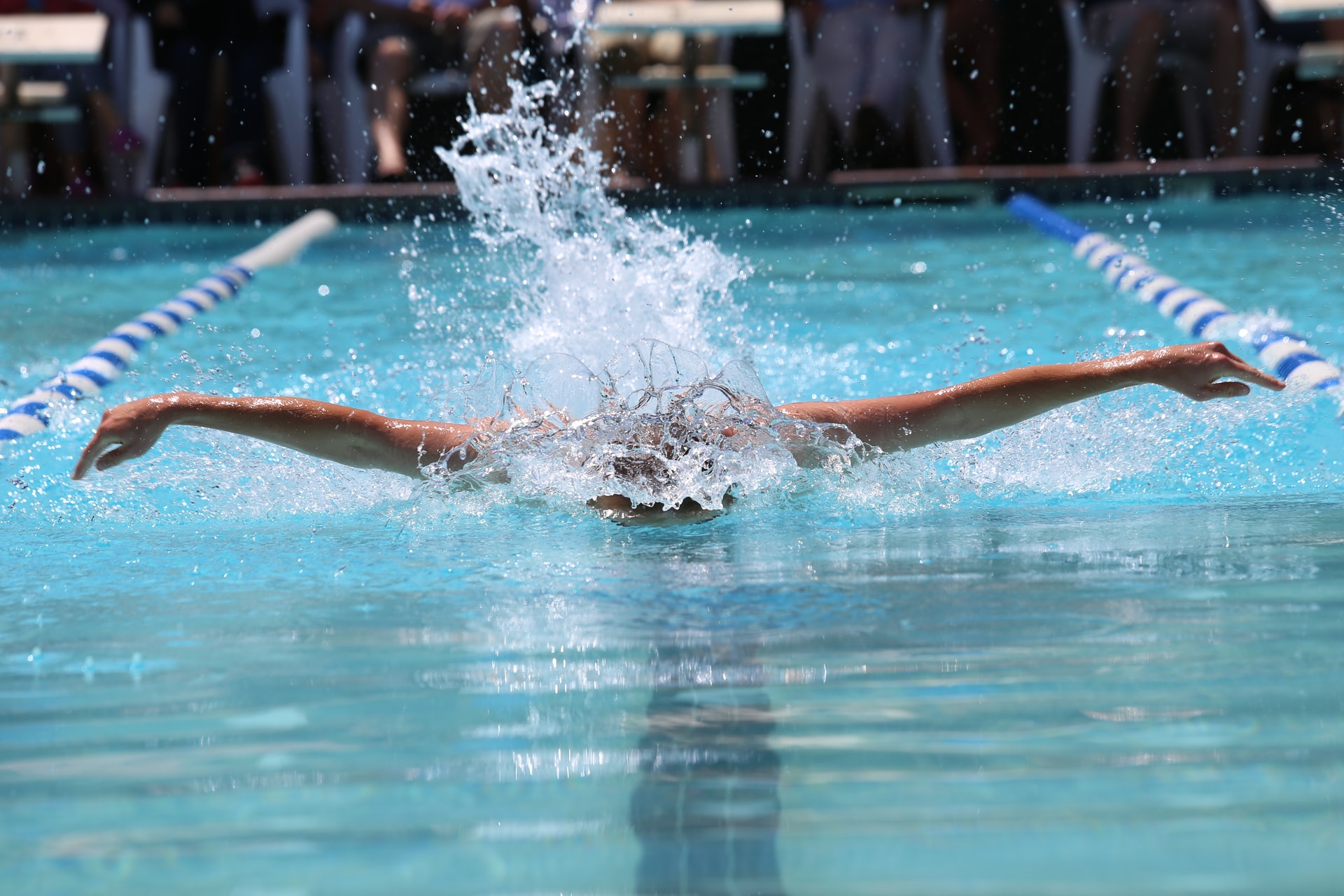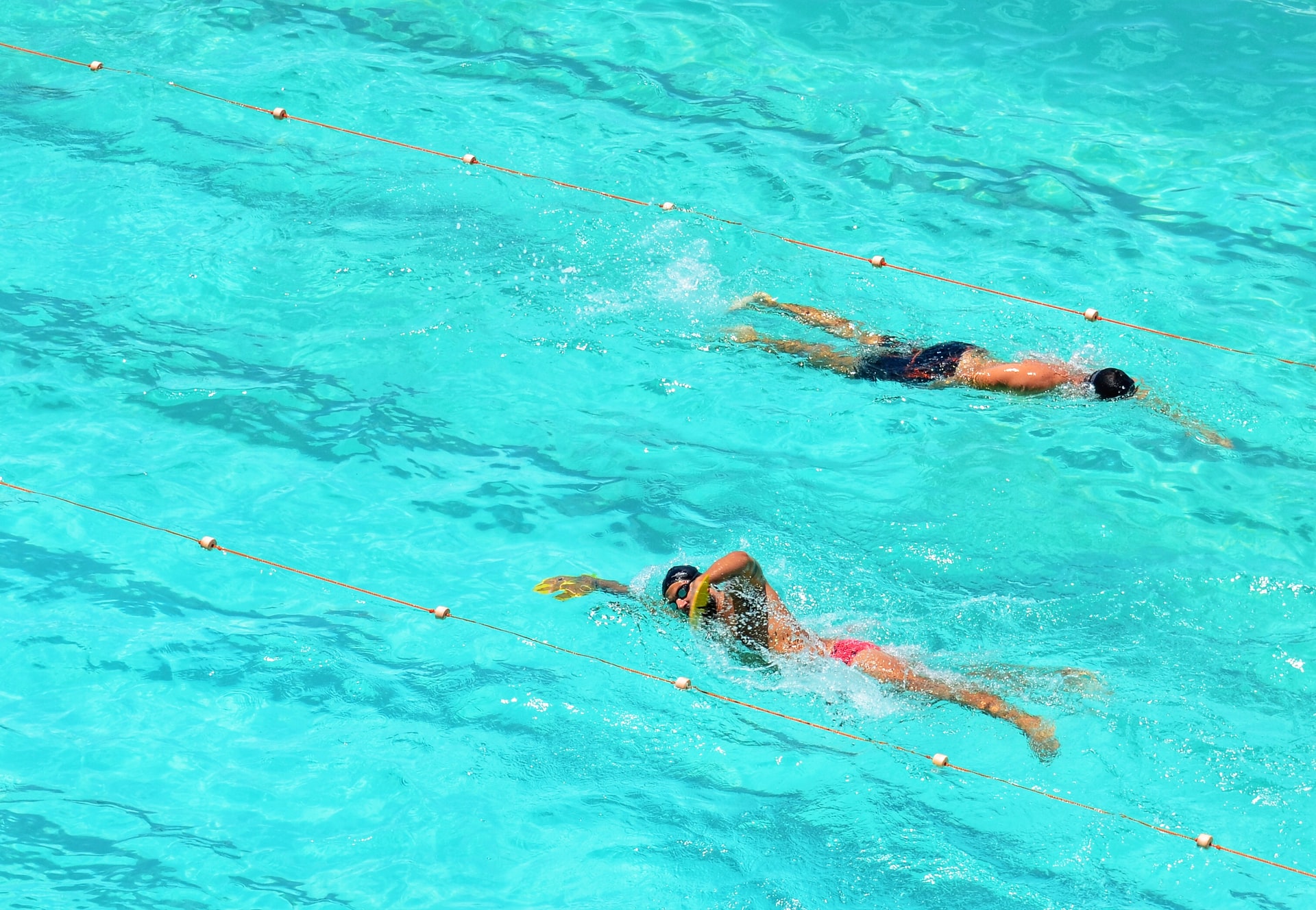You only need to adhere to a small number of principles in order to get better at swimming. Technique is incredibly important for swimming well. The story of survival swimming is different. You already know that trying to finish a triathlon or open water swimming competition by survival swimming is not the best strategy. What will you do next then?
1. YouTube offers a wide variety of videos to watch. There are a few really good instructional drill videos and even a few longer conversations available.
2. You can sign up for a local United States Masters Swimming team. These teams often contain players of different skill levels and instructors on hand to oversee the workout and give you comments on your technique. Many less experienced swimmers are put off by these groupings. Nothing to be afraid about. Every member of the group has previously been a person who was unable to distinguish between an early vertical forearm and Splashy McSplashyface.
3. You can schedule a few one-on-one coaching sessions with a technique coach. To swiftly determine the most important issues you need to address, this is a worthwhile time and energy commitment.
4. You should also enter the water! You’ll just be an expert at watching videos and reading articles if you don’t practice. When you finally get to the pool, your practice should be appropriate for your skill level.
 Rate of Swimming by Level
Rate of Swimming by Level
Beginner swimmers can go swimming two to three times each week. Purely competitive swimmers train five to nine times a week on average. Most folks are not competitive swimmers who can visit the pool daily, if not twice daily. So, in addition to any other objectives you could have, such as triathlon training, strength training, and so on, you need to determine how much time you can dedicate to your swim.
To maintain the balance between time needs and life responsibilities, I typically advise three swim sessions each week. Swim more frequently if you want to be successful in long-distance marathon swims or U.S. Masters events.
Beginners: Spend the majority of your practice time using swimming drills to improve your technique. There are many drills available, but for beginners you should concentrate on the fundamentals. Posture, relaxed breathing, and forward reach and extension. This kind of practice can and should include lots of 50-yard drill repeats, a few kicks (with fins if necessary), and only a little amount of steady endurance swimming near the conclusion of the session. Your training ratio for endurance swimming and drills should essentially be 75/25.
Intermediates: You can proceed to increasingly difficult drills as your command of the fundamentals grows. Additionally, you ought to start allocating more of your practice time to developing your stamina and strength. Your practice as an intermediate swimmer should consist of roughly 30% technique-specific concentration and 70% “simply swimming.” That is a qualified definition of “simply swimming,” as you should maintain proper technique throughout these warm-up and primary sets.
Advanced: After mastering the essential swimming lesson rates, you can focus more on developing your speed, strength, and endurance by spending less time actively performing drills. Advanced swimmers have ingrained patterns that consistently reinforce strong technique habits, and this is the important factor. A skilled swimmer should be conscious of their technique at all times while working out. Here, the proportion of drills to training is closer to 10%/90%.
Swim Workouts for Beginners, Intermediates, and Experts
Every swimmer should divide their workouts into distinct sets. I am aware that some novice swimmers prefer to dive right in and swim laps. Although it is technically training, this is training without a goal. When preparing for longer swim races, an occasional steady endurance swim is okay, but it should only happen once every two to three weeks as your big race draws near.
Exercise program design for beginners
Warm up 200–300 yards, stopping when necessary.
8–12 × 50-second drills focusing on particular technique concerns
Kick 2-4 times 50.
Main set: 4–8 times of steady 100-meter swimming.
Structure of the workout for intermediates
Warm up for 300–500 yards, then switch to an optional non-free stroke and take breaks as necessary.
6-8 x 50-second drills for particular skill problems
Within the main set, kick 4-6 times in the 50s.
Main sets: 800 to 1,500 yards at varying intensities
Cooldown: simple 50-100
Advanced workout structure
500-800 yards of warm-up, then mix it up as before
Drill/kick mix, maybe 8 x 50.
Main sets: 1,500–2,500 yards with varying degrees of intensity, including sprints, equipment, hard kicking, and other exercises. Cooldown: 100–200 easy yards.
In general, primary sets are divided into three categories: endurance (100s to 500s), moderately hard/tempo (50s to 200s), and sprints (25s and 50s).


